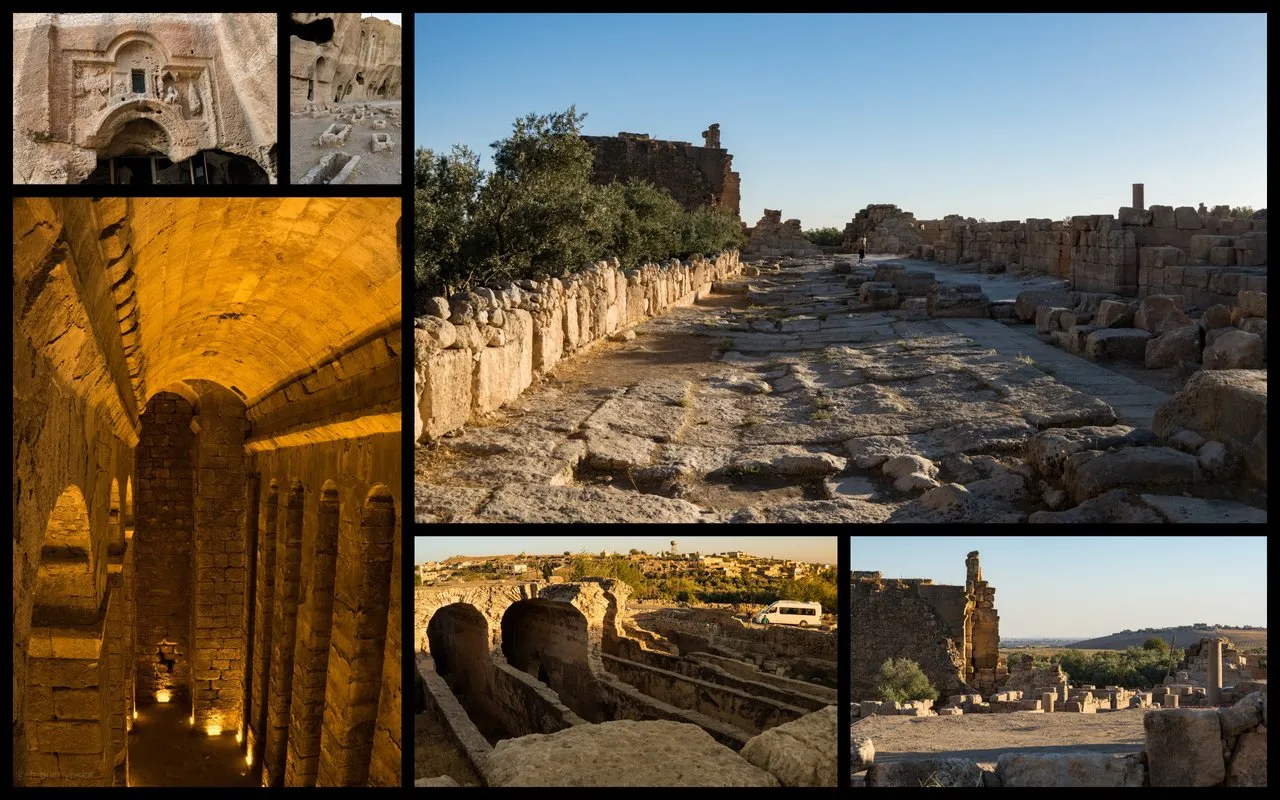
I continue discovering an ancient Mesopotamia. My next destination along the Syrian / Turkish border is an ancient city that appreas on the list of tourist attractions not often. It's located on the Silk Road someday connecting China and the Far East with the Middle East and Europe.
On that day our rental mini bus has made a long way. Started from Sanliurfa, we took road E90 straight toward East, to the village of Oğuz, Mardin Province. The road runs through a huge green valley, where the Mesopotamian Plain and Tur Abdin Mountains meet. On that day I saw for the first time how cotton is grown and harvested. We arrived at the place about 2 hours before sunset, at this wasn't enough for me. It always like this :)

The Ancient City of Dara
One of the most important settlements of Upper Mesopotamia, Dara Ancient City was established as a military garrison town in the 6th century to protect the eastern border of the Eastern Roman Empire against Sassanid Empire (or Empire of Iranians). It was a city of about 40,000 inhabitants. This place is called the Ephesus of the southeast, but I can also call it the last bastion of the Byzantines on the East.
Scientific excavations and researches started on the ruins in 1986, but only 10 percent of the area, where a village is located, has been uncovered so far. Among the historical finds revealed in the excavations are the city walls, water cisterns, rock tombs, churches, agora, bridges, silos and similar structures that met the needs of the ancient city’s residents. The most notably a 1,500-year-old mass grave. Meanwhile, Dara historical settlement hopes to find a place for itself in the UNESCO World Heritage tentative list.

The Agora
The street, which is furnished with large stone blocks from the south gate of the city is about 5.80 m wide.
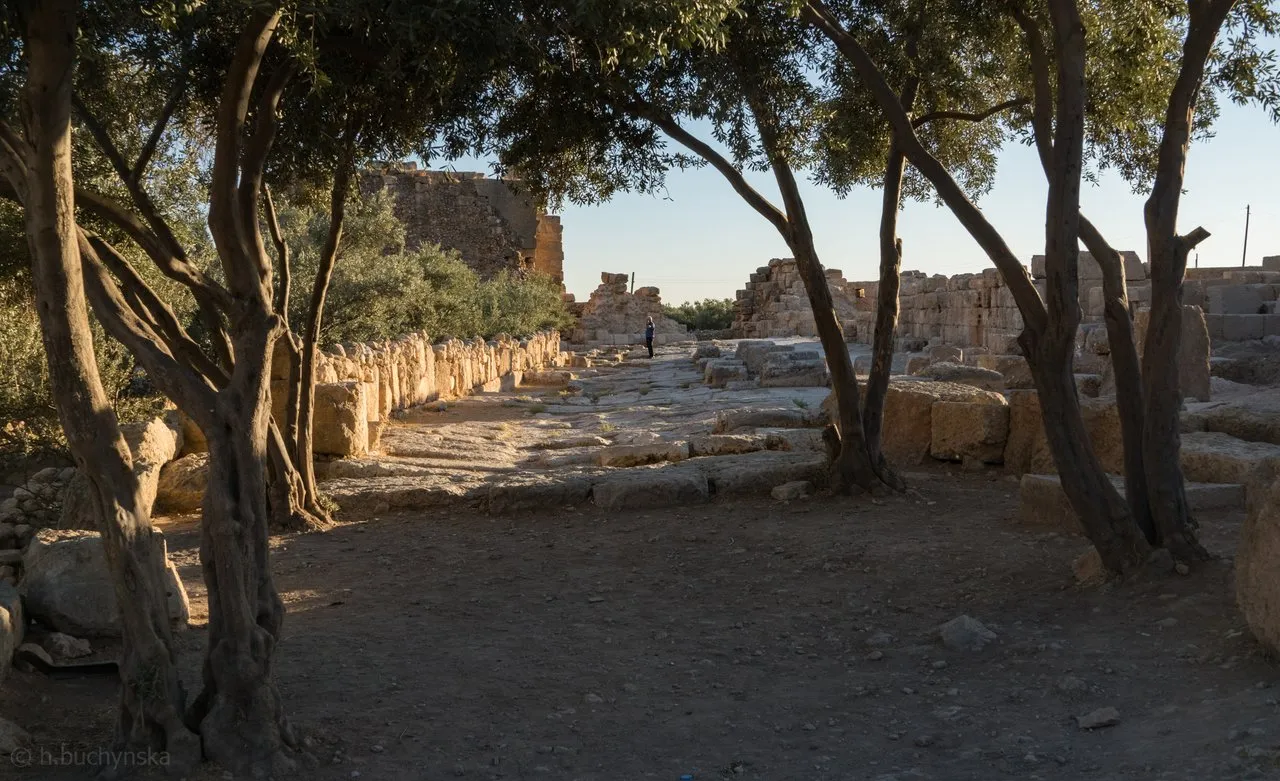
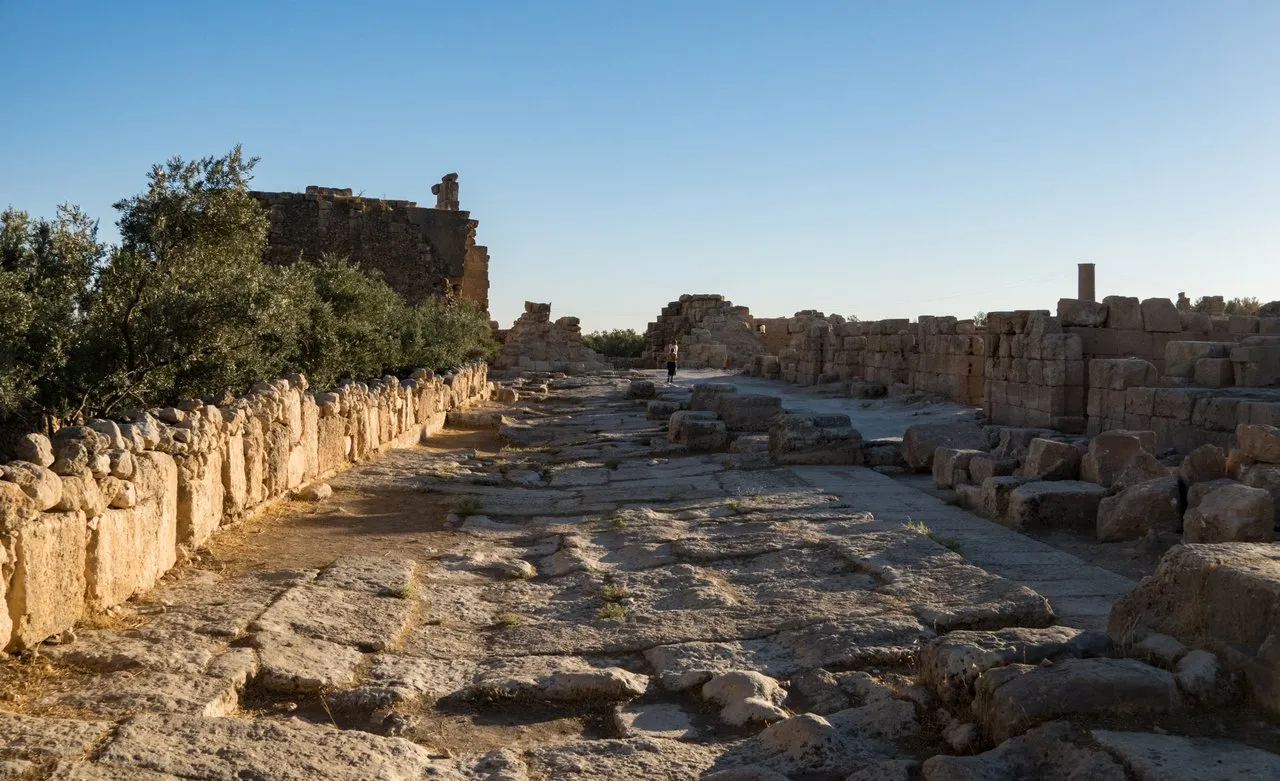

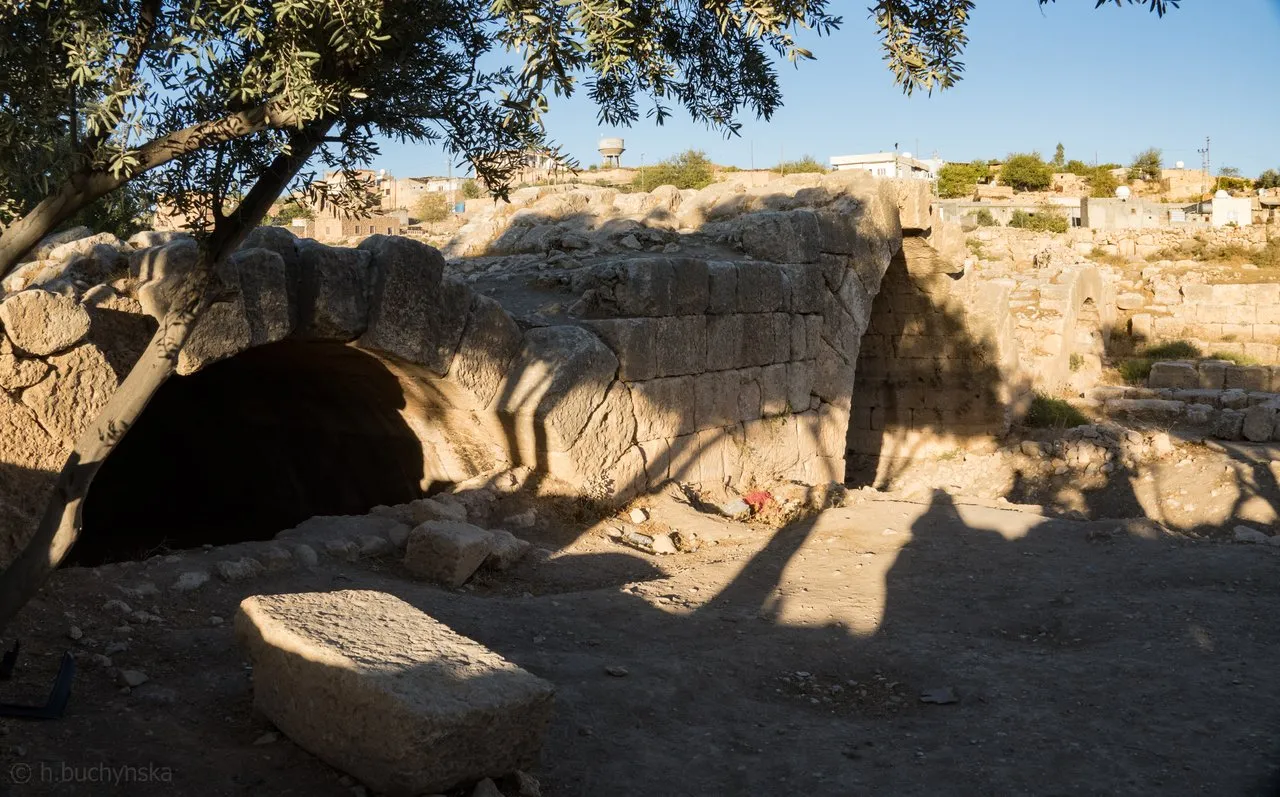
The city has a portico along the western side of the street that stretches to the north in parallel with the natural fold of the river. The street was connected with the Royal Road established by the Persian ruler Darius I yet before Silk Road. It indicates that the trade caravans coming from Mesopotamia entered this area. It as a public space reserved for the city's shopping.
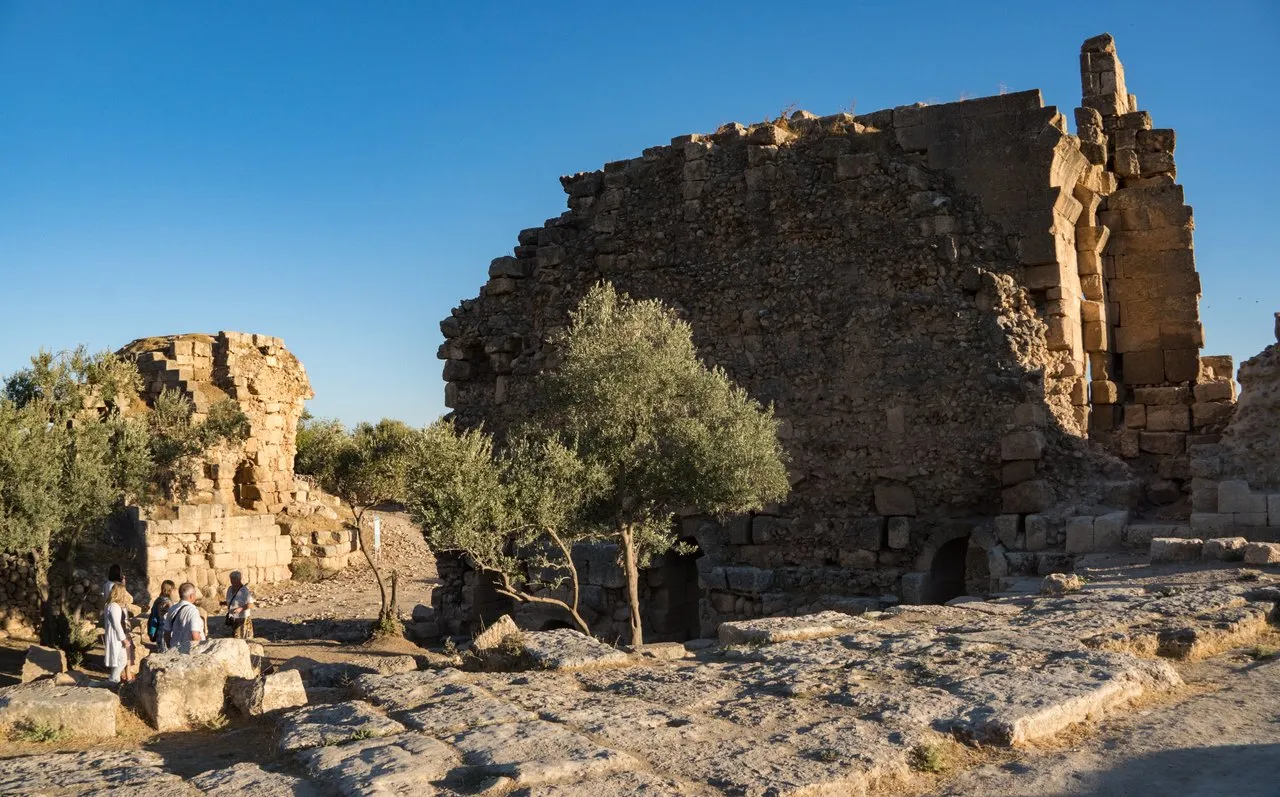
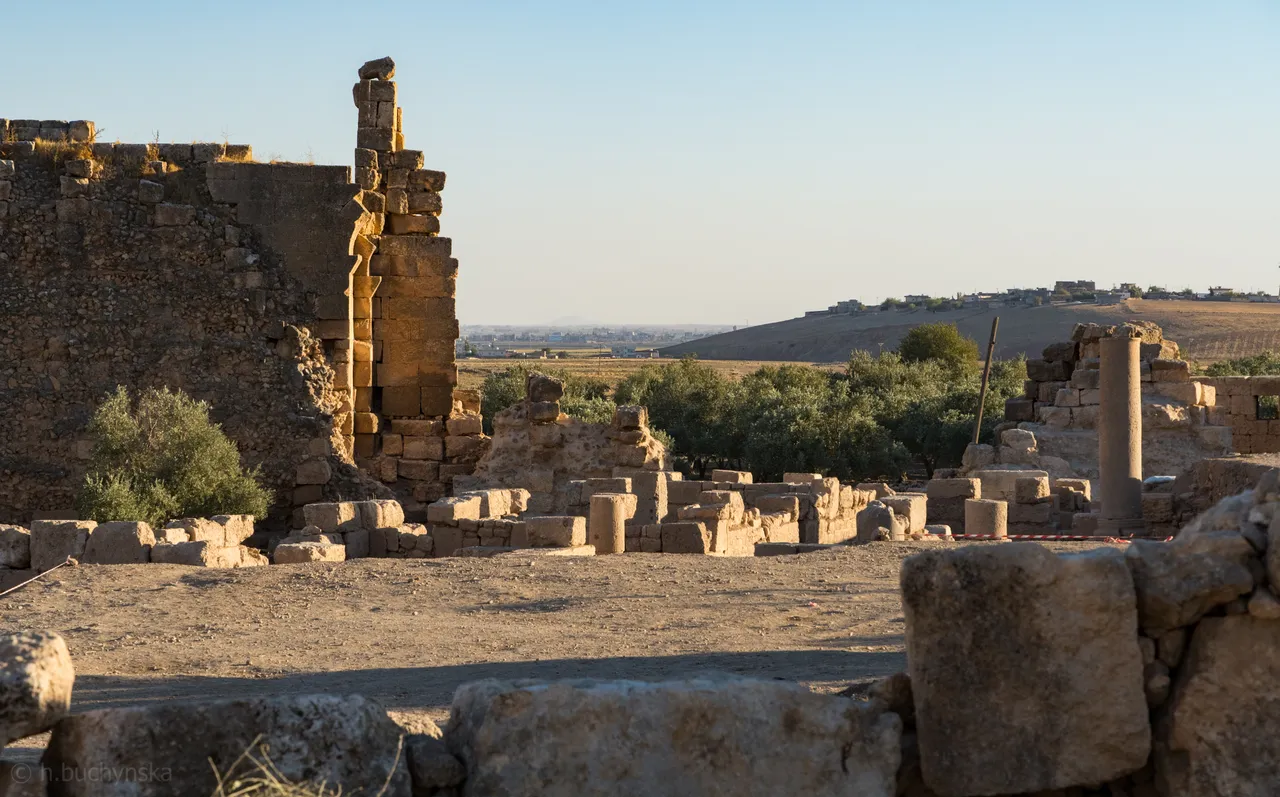
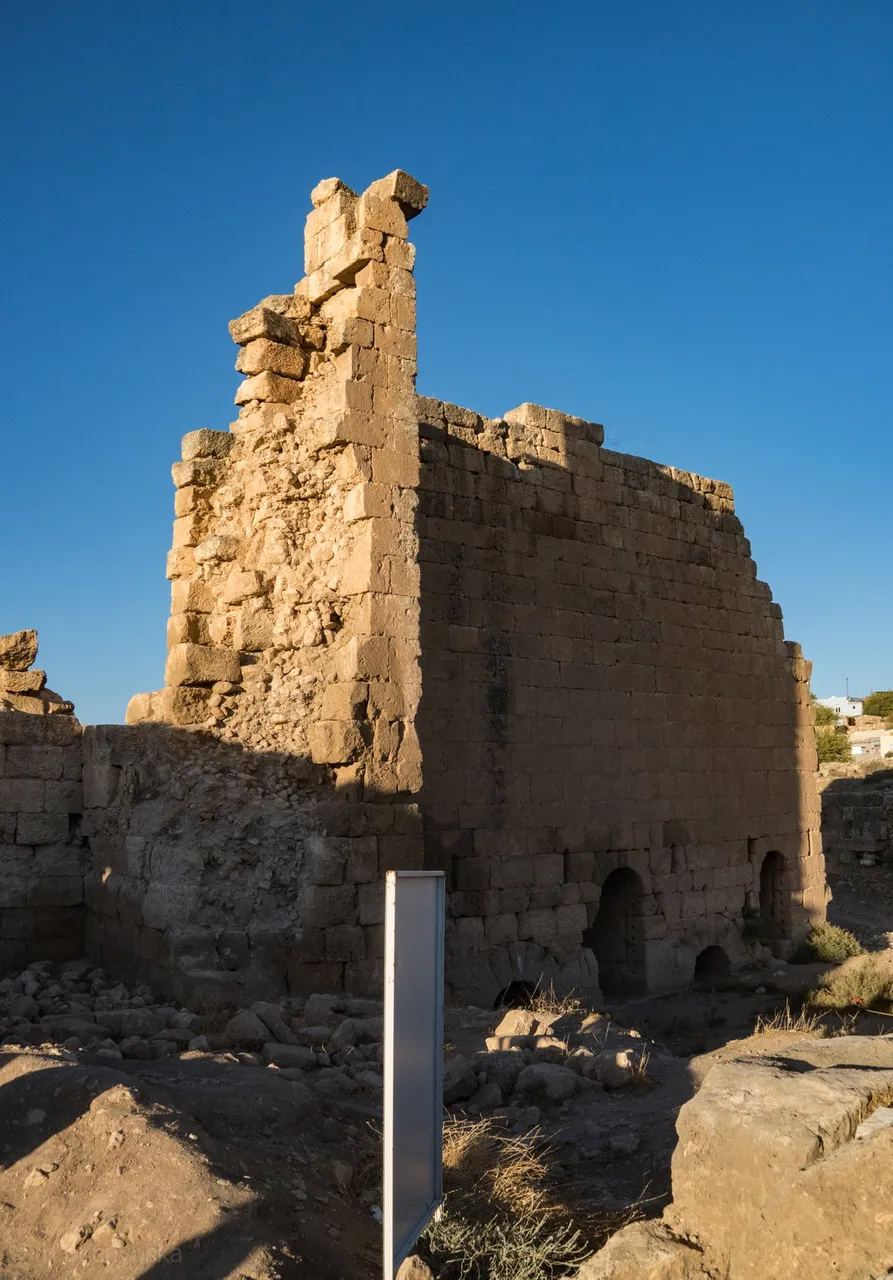

Cisterns
The water system and cisterns aimed at storing water that flew from high mountains and redistributing it through channels to the entire town, were utterly important in the defence of the city. The archaeological excavations reveal the remains of the world’s first water dam, spreading over a very wide area.
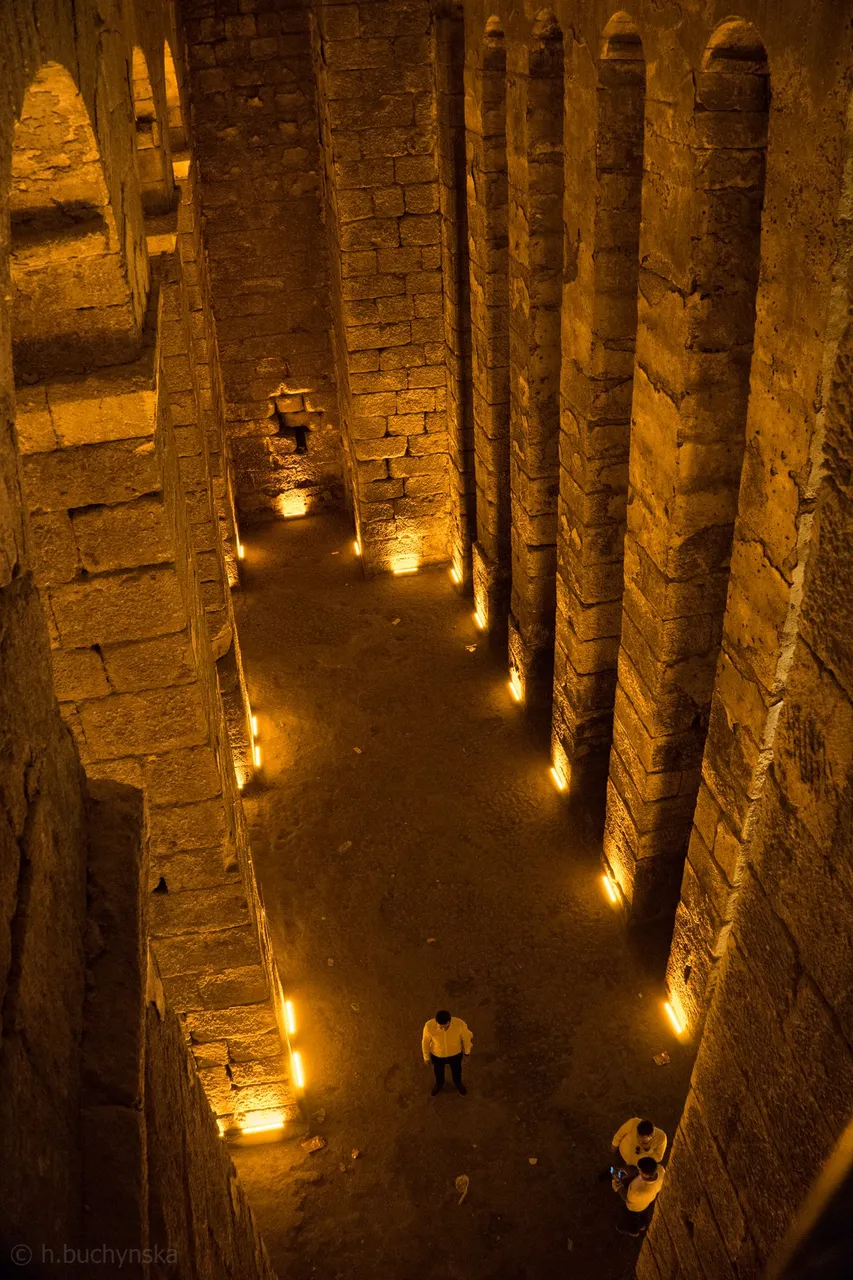
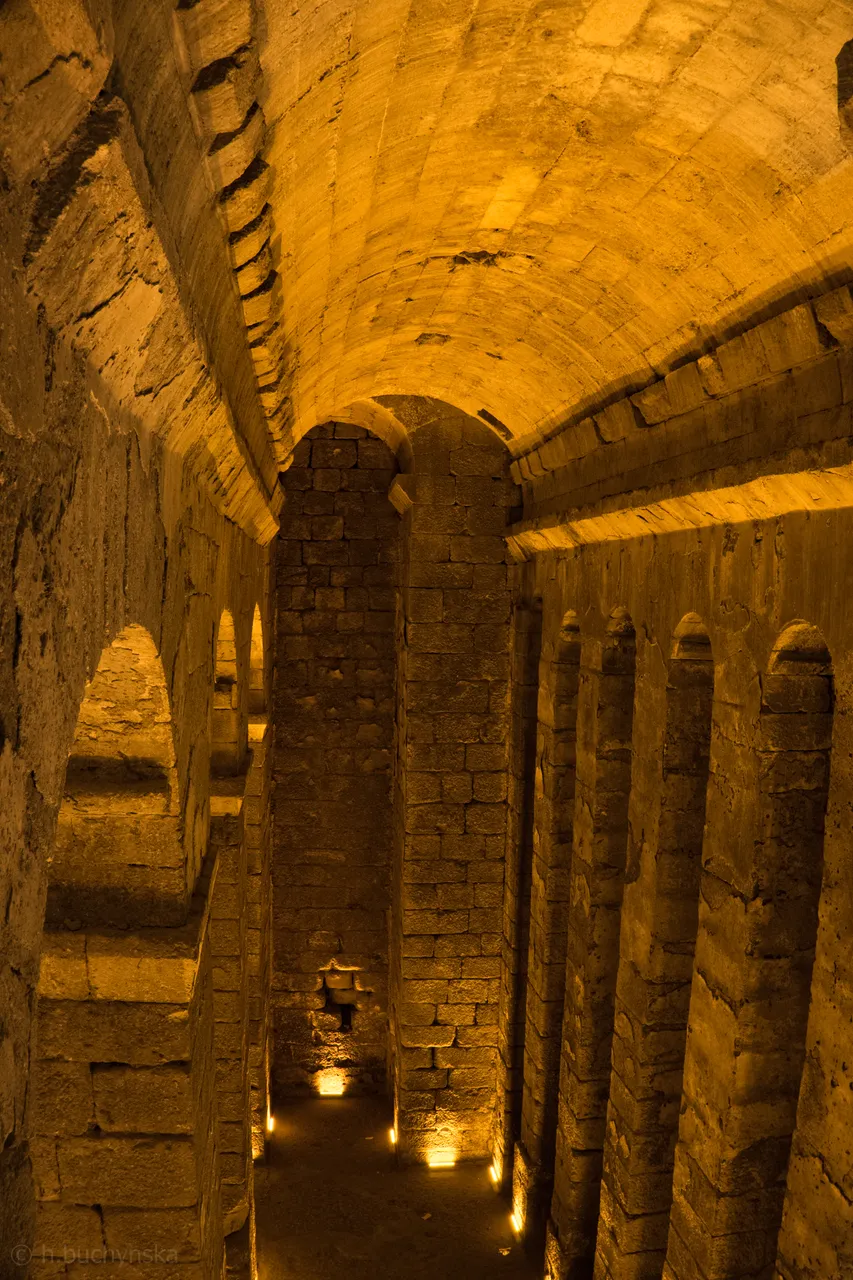
Castellum Aqua
Another impressive water cistern situated outside of the ruins and nearer to the village center. It's also carved on bedrock. The water had been carried into the city from the hills, the water collected was distributed through channels to main buildings and cisterns of the city.
This structure consists of ten cell-chambers covered with parallel barrel-vaults. Every cell is 50 m long.
Here we were surrounded by local boys who knew the only word Hello and persistently begged.
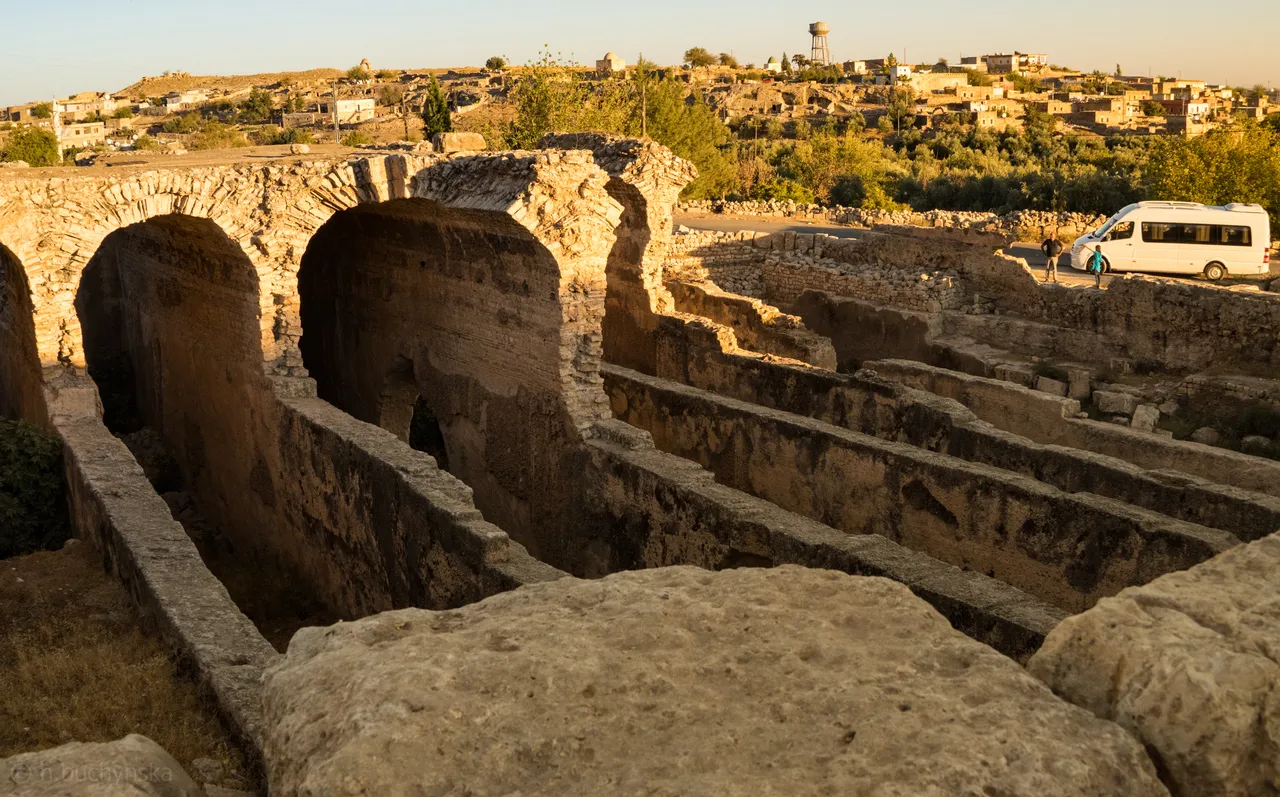
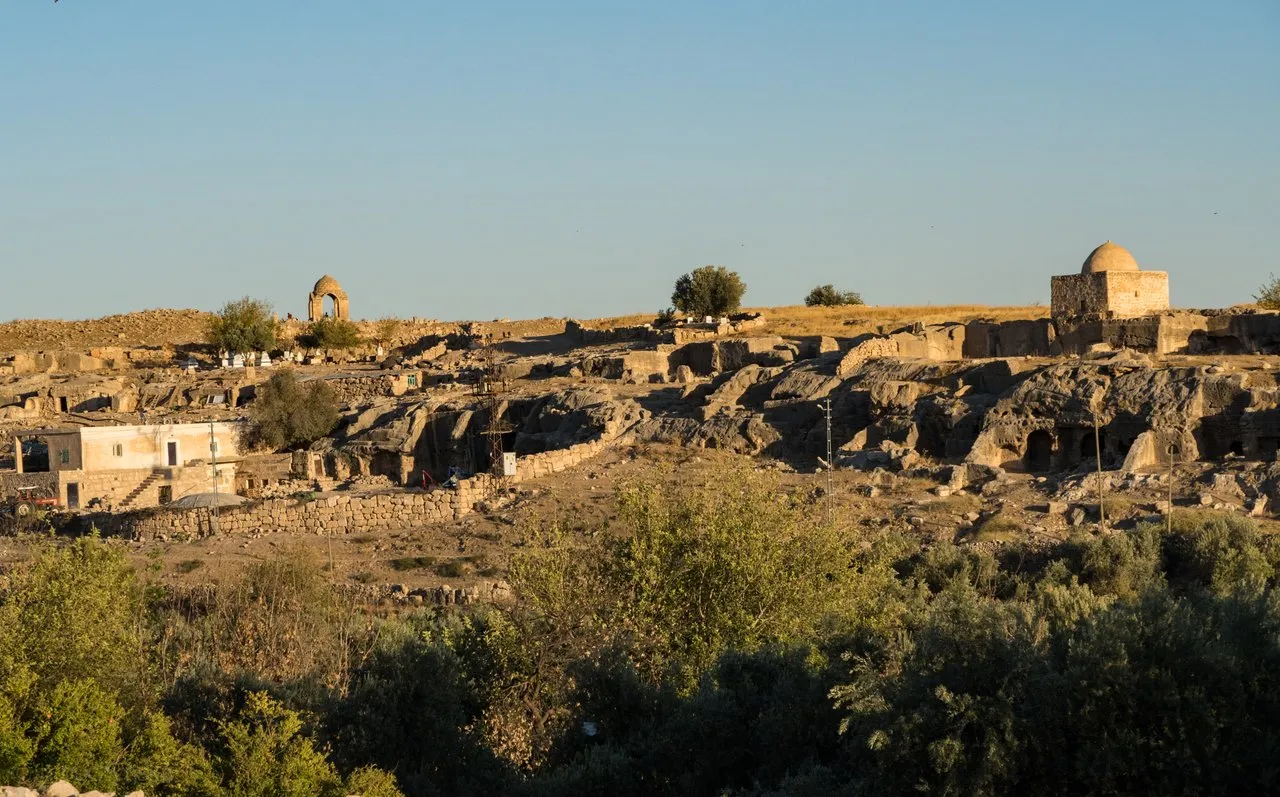

Necropolis
This is considering to be the main reason for visiting the area. One of the most impressive building groups of Dara is the rock-cut tomb groups, carved directly on bedrock.
The wide hills were used at the beginning of the 6th century as a stone resource for the building activities in the city.
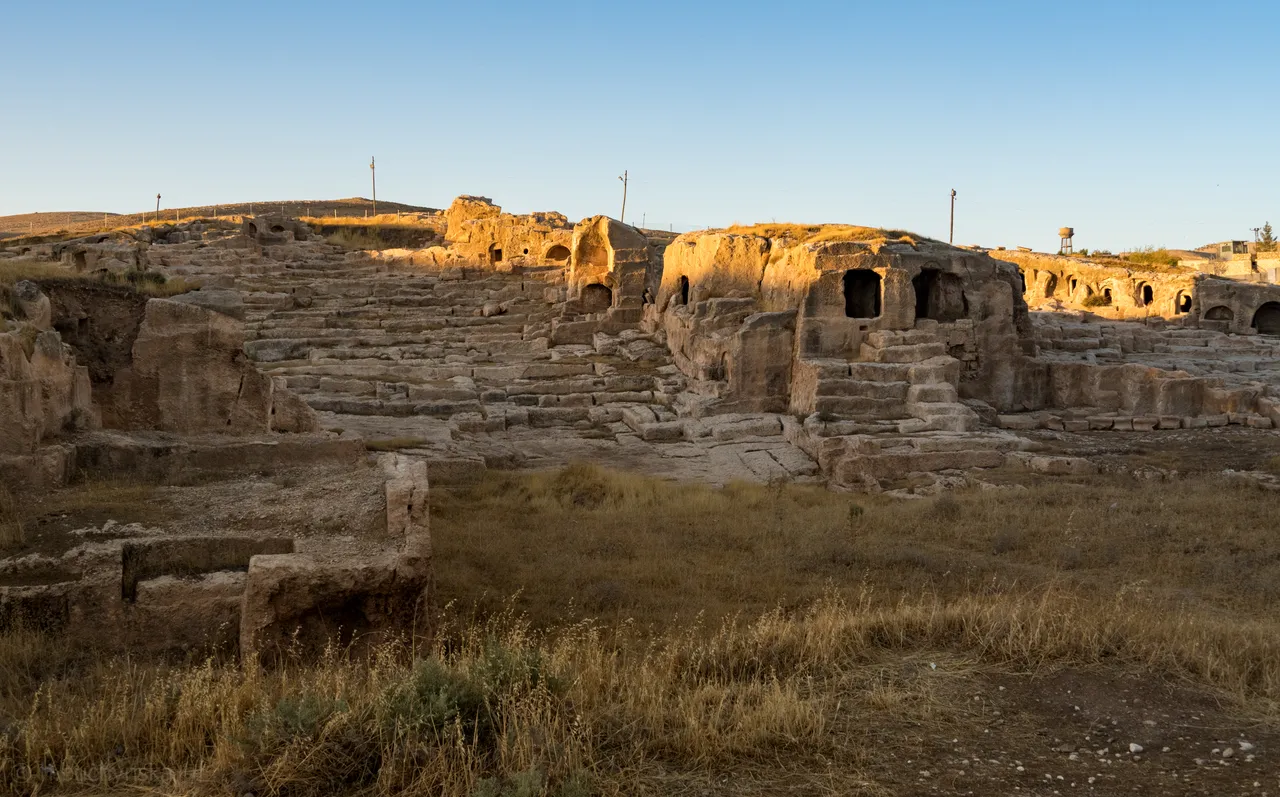
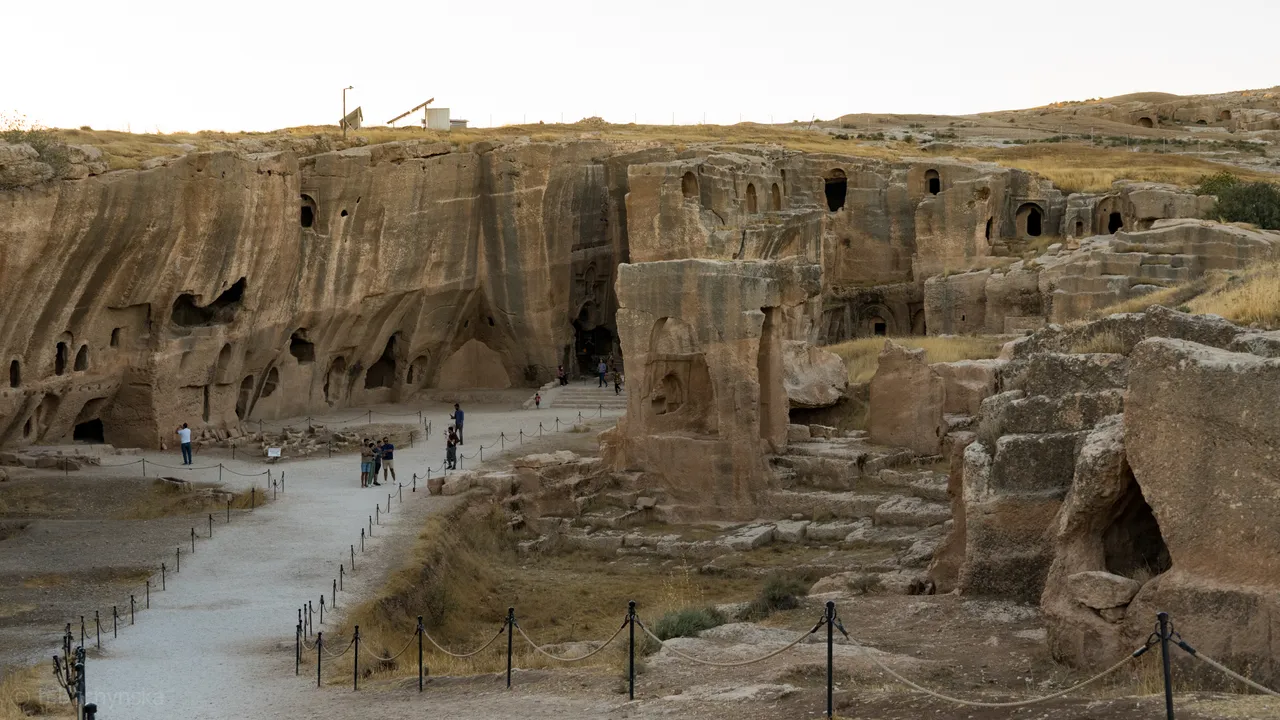
The flat facades obtained after cutting out the stone were later converted into a necropolis area. Deep and widely carved gorges on natural bedrock thus served as a cemetery.
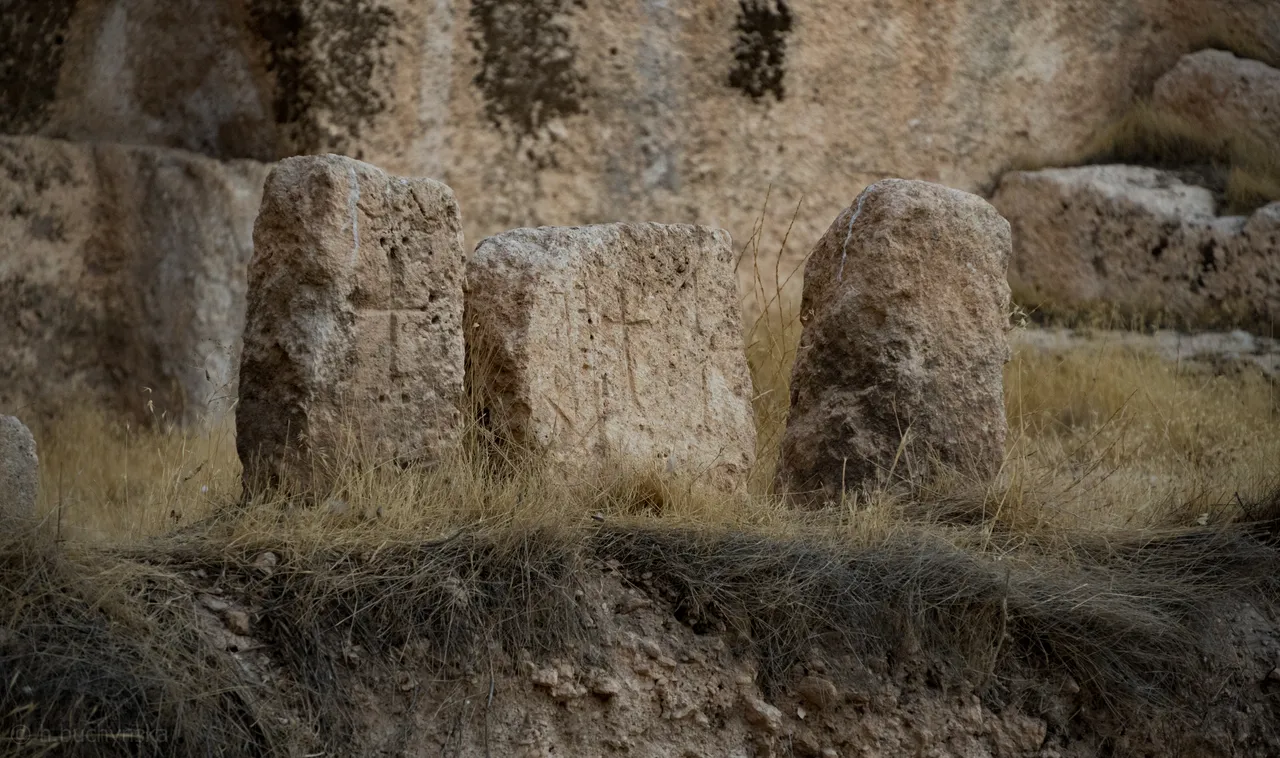
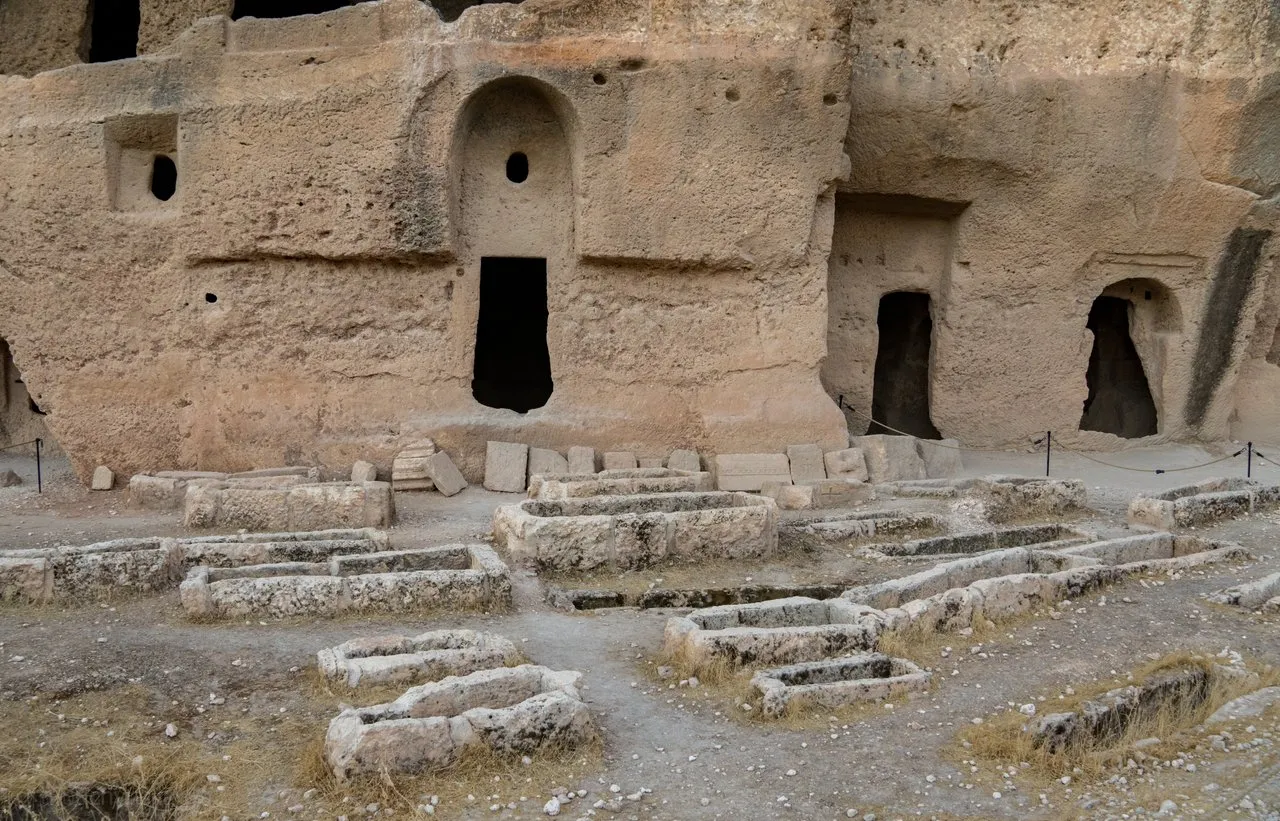
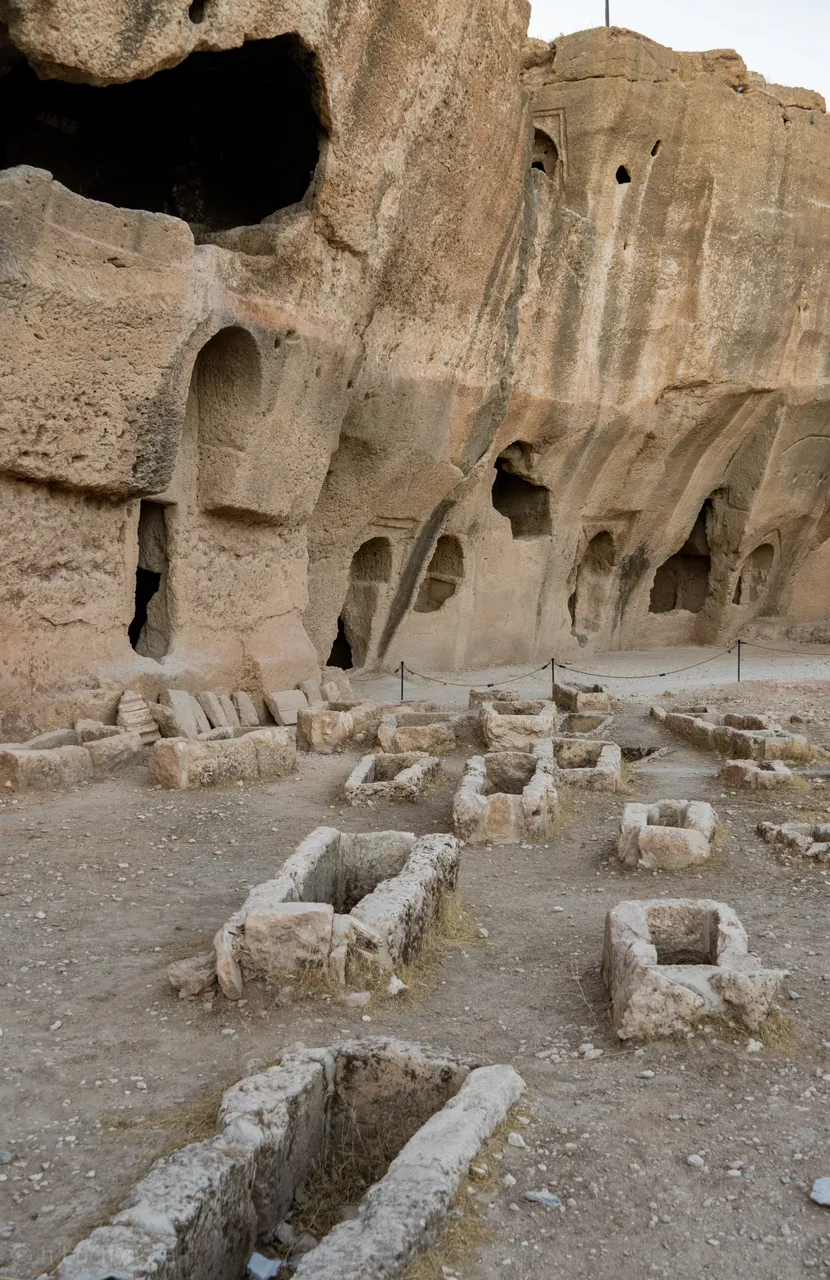
In this area, three different tomb types are to be found: Rock-cut tombs, sarcophagi and simple cist-tombs.
The dead were buried into rock-cut chambers, in a belief of rebirth, honouring the god Mithras, believed to be born out of a rock in pagan and Mithras cults.
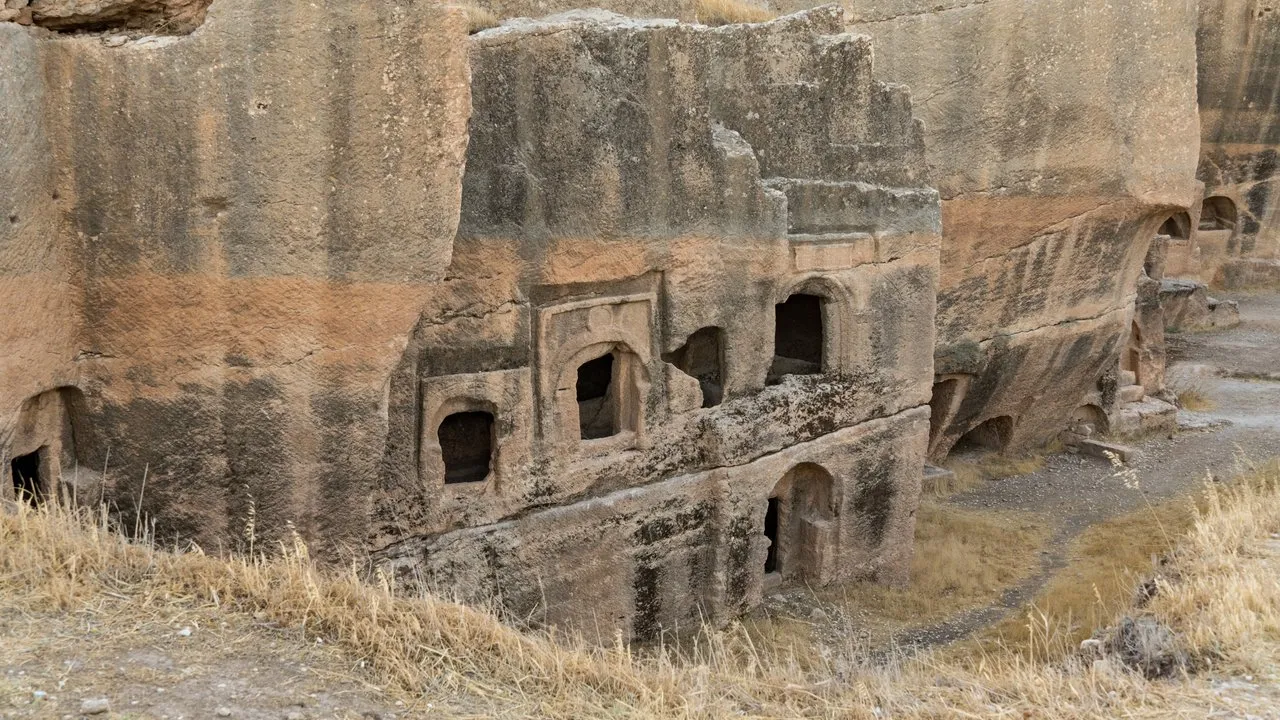
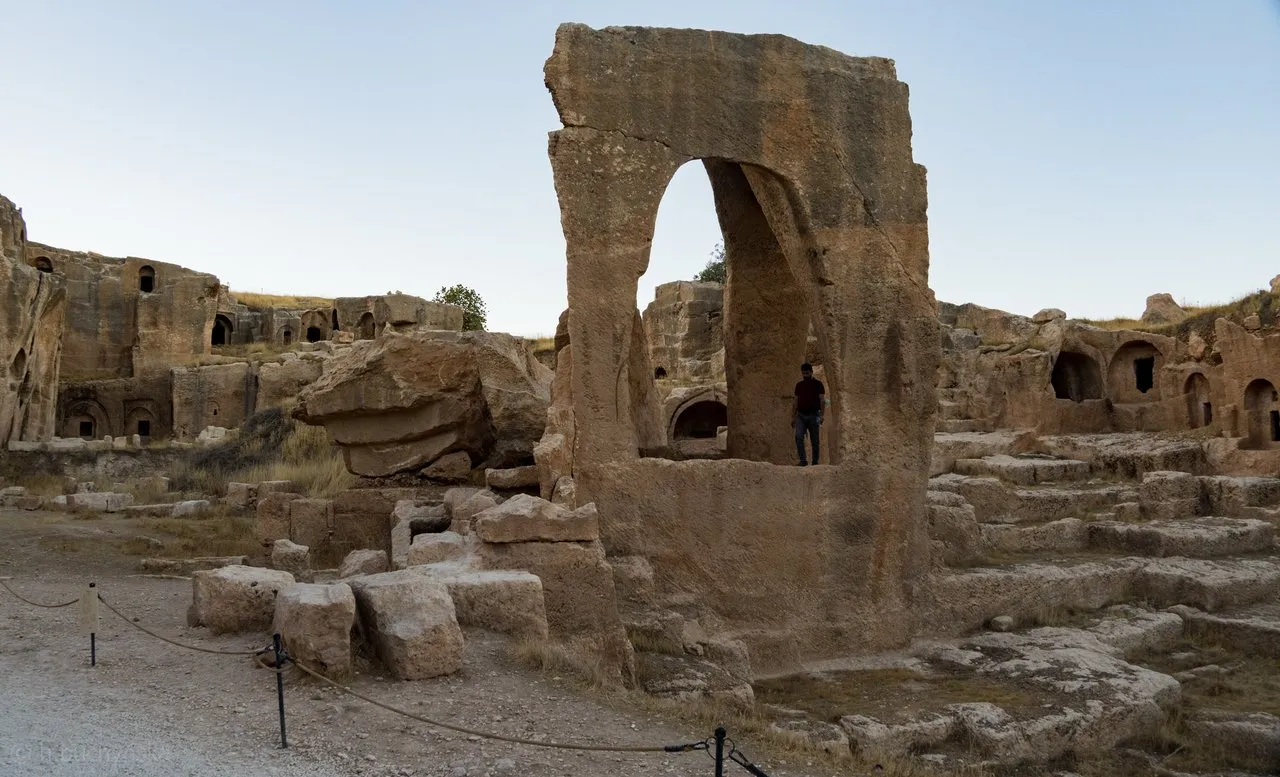
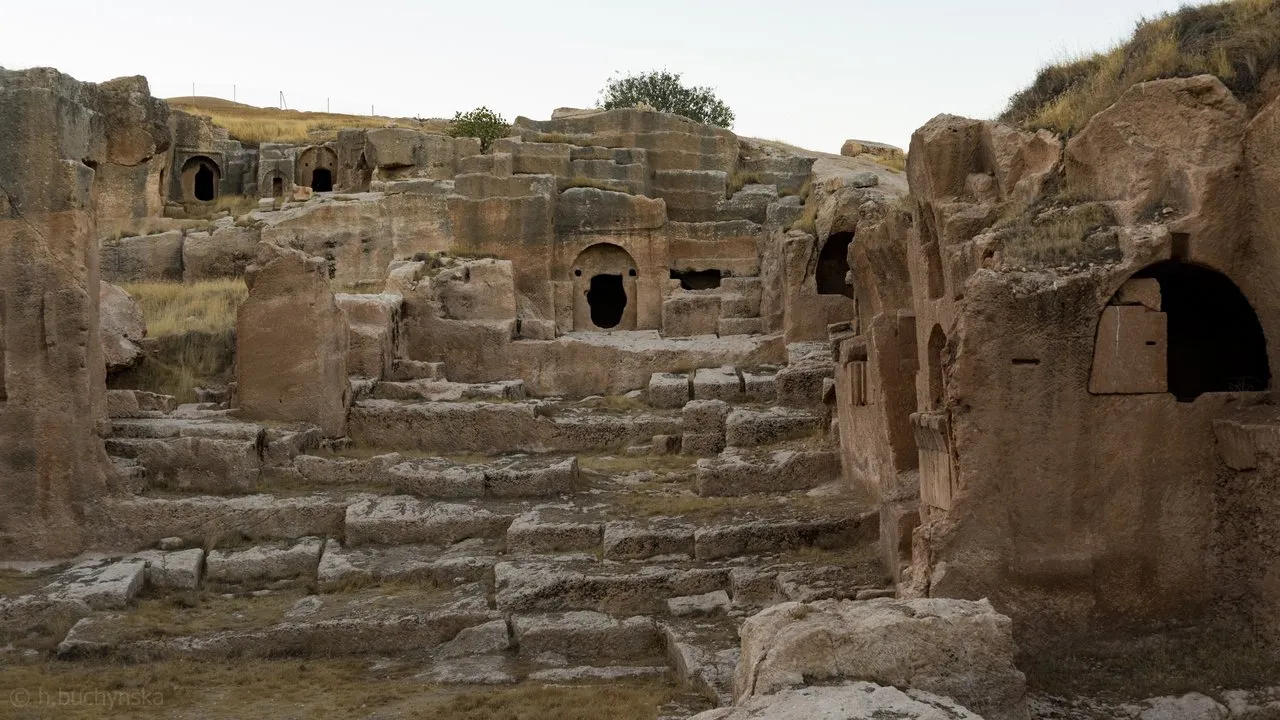

Large Gallery Grave
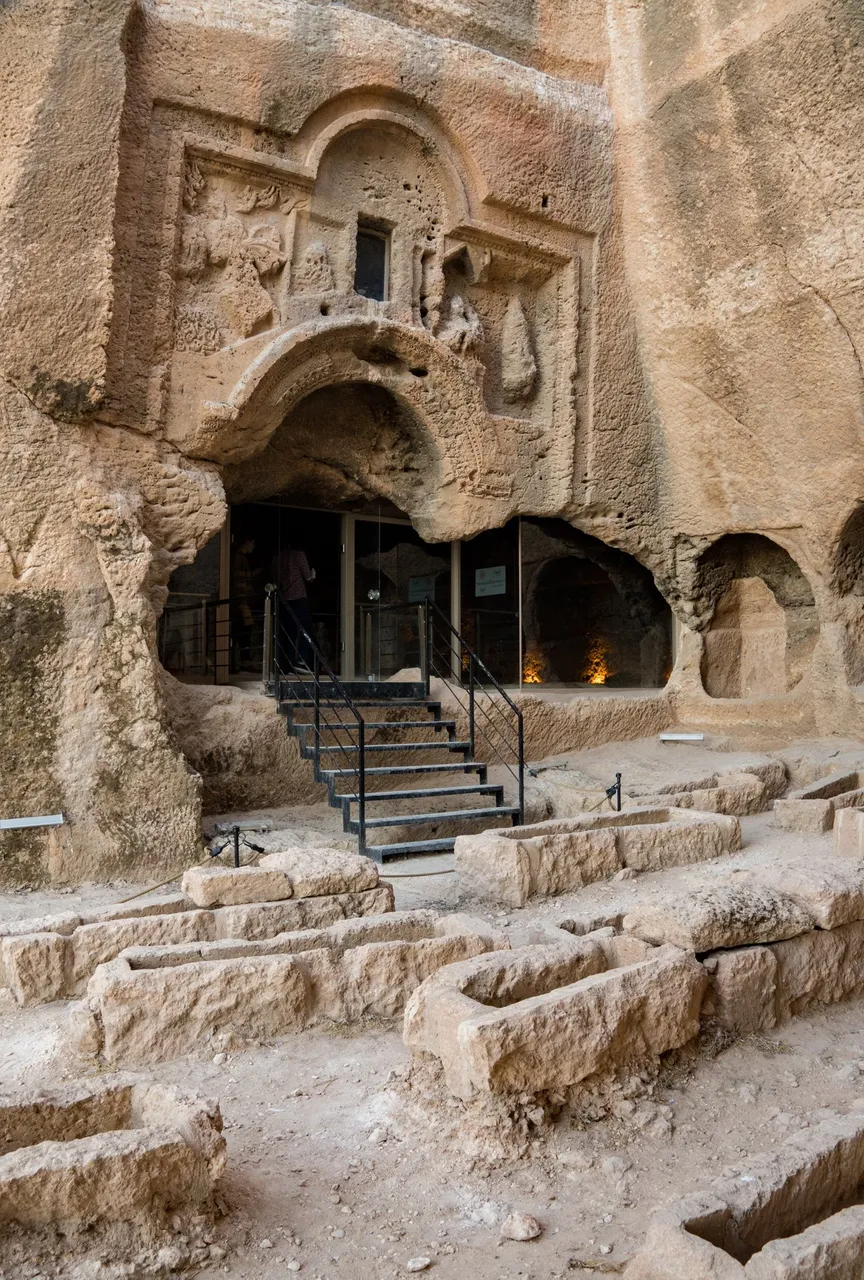
Do you remember I said 1 500-year-old mass grave? This is it. The most striking structure in the rock-necropolis area is a large burial site, the world first with hundreds of bodies thought to be buried there and now draws in swarms of visitors.
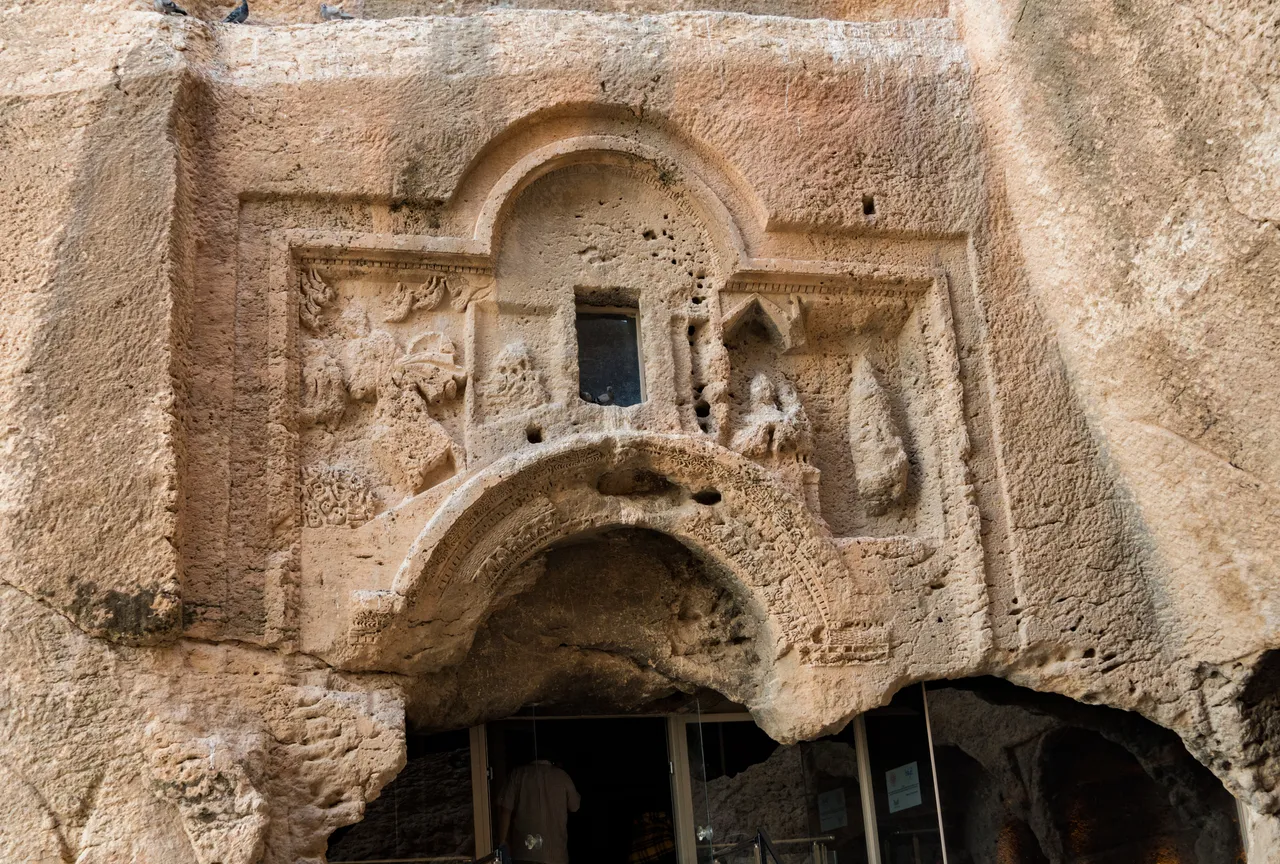
Please note, that all photos used in my posts are taken and owned by myself. Nobody can use them without my consent. If you wish to use any of my images please contact me @zirochka.

Thank you for paying me a visit! This post will be added to my Mesopotamia Collection where you can follow me during all journey. Also, you can view all my posts on pinmapple
Happy Holidays!
